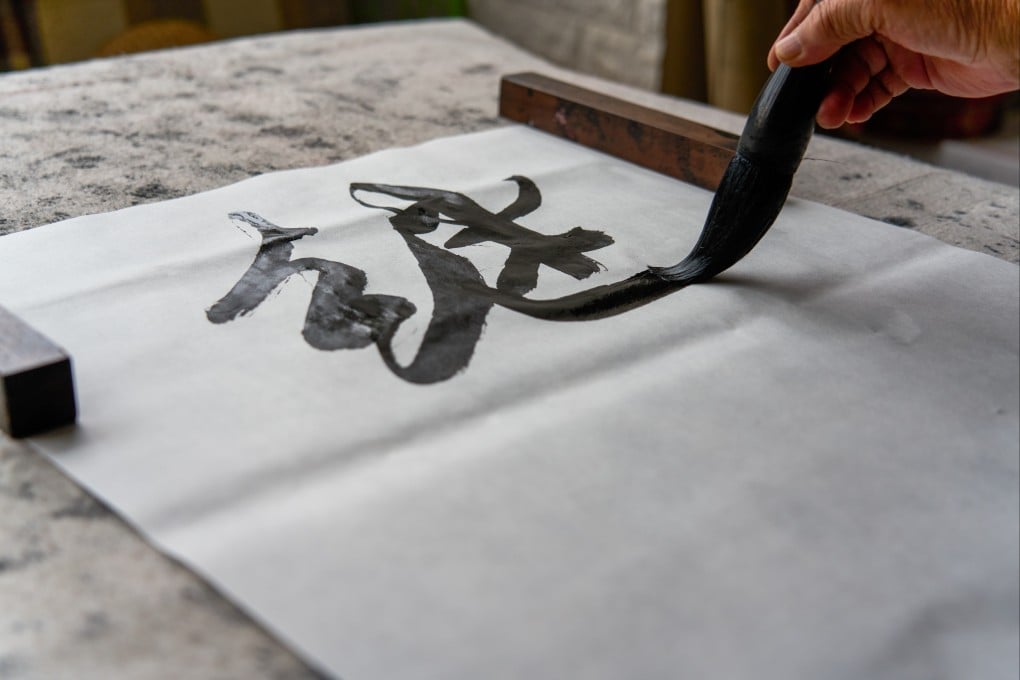
Chinese characters: 3,000 years of history from the Shang dynasty to today
Chinese characters have more than 3,000 years of history and have influenced writing in Korea and Vietnam.




Do you know of any other ancient scripts?

What happened during the Qin dynasty to standardise characters?

What is the difference between logographic and phonographic writing?

Do you know of any other ancient scripts?

Difficulty: Summiteer (Level 3)
Chinese characters are, of course, all over Hong Kong, and if you visit Japan, you will see some Chinese, which is used in the country’s kanji script. But did you know that Chinese characters were also used in Korea and Vietnam?
As one of the world’s oldest writing systems, Chinese characters have more than 3,000 years of history and spread to many parts of Asia.
This script is made of logograms, a printed symbol representing a word. English and many other languages use phonographic writing, where each letter helps you pronounce the whole word.
History of Chinese writing
The earliest known form of Chinese writing is called “oracle bone script”. It developed during the Shang dynasty over 3,000 years ago.
This script was carved onto turtle shells and animal bones and often used for divination ceremonies, where ancient people sought advice from ancestral spirits.
After hundreds of years, the script became more standardised, but the same character represented many words despite having different meanings. During the Qin dynasty (221-207BC), these confusing characters were revised with an additional part that gave a hint to the word’s meaning.
Over the centuries, Chinese calligraphy developed five basic script styles. The seal script was devised under the first Qin emperor for official inscriptions on stone. The characters in this style have thin, even lines.
The clerical script was most commonly used during the Han dynasty (206BC-AD220). It is simpler than the seal script and aims to make it easier to read with straighter lines. It had more structure since it was used in official documents and private messages.
The regular script became popular in the Tang dynasty (618-907). It is more legible and structured than clerical script. Now, the typeface for Chinese characters follows the style of regular script.
Modern changes
Because learning the Chinese language requires memorising thousands of characters, many people struggled with literacy in the past.
In the 1950s, the government wanted to promote literacy and education by simplifying around 2,000 traditional characters. They reduced the number of strokes, making it easier for people to read and write.
Some estimates say China’s literacy rate has increased to more than 95 per cent. People in Singapore and Malaysia also use simplified Chinese.
Hong Kong, Macau and Taiwan use traditional Chinese, which some see as having a richer history and deeper connection to the meaning of the words.
Use the puzzle below to test your knowledge of the vocabulary words in the story.
Suggested answers
-
Before you read: Do you know of any other ancient scripts? (Answers may vary.) Egyptian script is about 5,000 years old. Sanskrit is about 4,000 years old.
-
Stop and think: What happened during the Qin dynasty to standardise characters? They added an additional part to confusing characters that gave a hint to the word’s meaning.
-
Consider: What is the difference between logographic and phonographic writing? In logographic writing, a character represents a word, but in phonographic writing, each letter helps you pronounce the whole word.


What happened during the Qin dynasty to standardise characters?

What is the difference between logographic and phonographic writing?
supernatural practices to learn about the future
the percentage of people who can read in a given population
to adopt something to all fit the same rules
different types of one thing